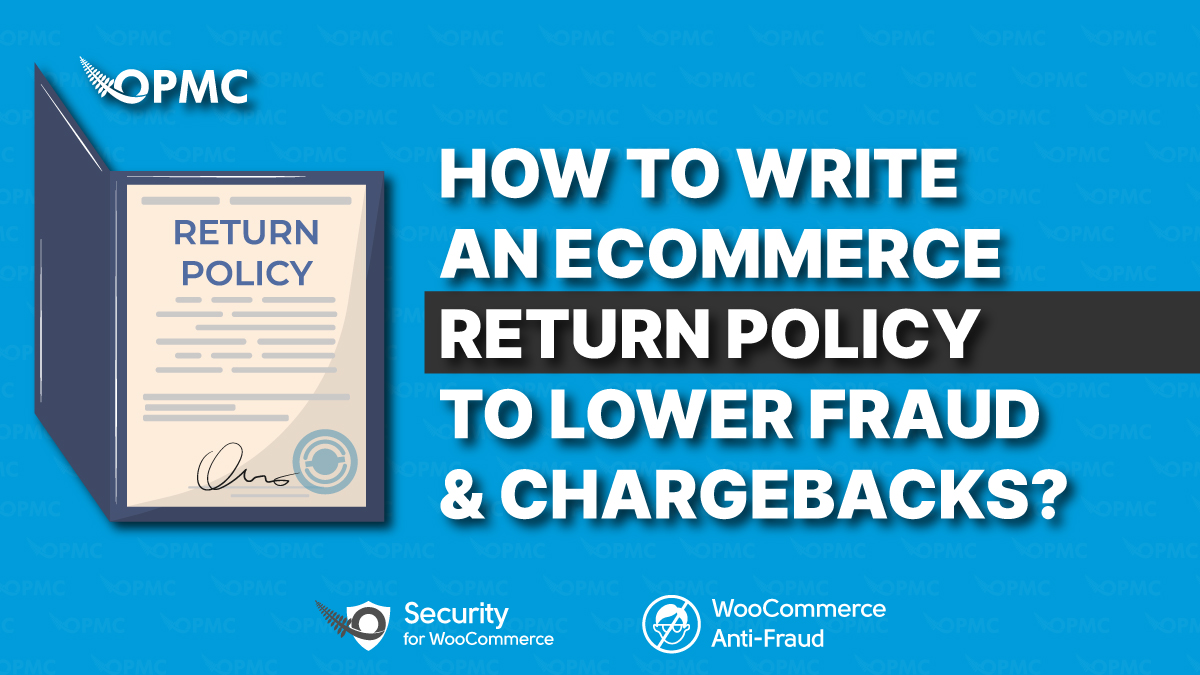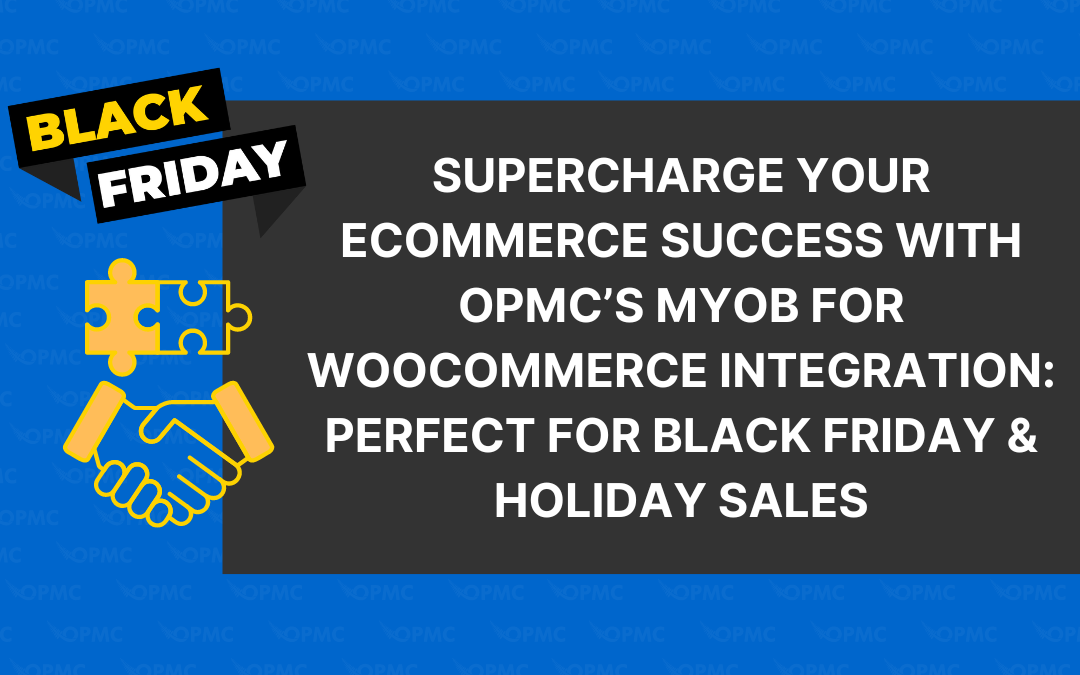Let’s talk about the one thing no ecommerce business owner wants to deal with – fraud. You could have the best setup business in the world, and there is still going to be some malicious shopper out there ready to take advantage of your operation. Instead of placing an order, they fully intend to steal from you. A fundamental way to prevent any ecommerce fraud, return issues, or chargebacks is a fair and transparent return policy displayed in critical areas of your ecommerce website.
In this post, we will go over some key factors in how to write a quality ecommerce return policy designed to lower any instances of fraud or chargebacks.
What is an Ecommerce Return Policy?
You must have a return policy if you are running an online business that sells a physical product. This outlines the steps customers can take to return goods purchased to you for a refund, exchange, or store credit.
In general, a return policy should be simple, easy to understand, and offer all the details about the transaction. The clearer you are about your procedures, the lower the chances of chargeback or fraudulent transactions.
What are Return Fraud and Chargebacks?
Most ecommerce companies fall into the pool expected to lose close to $48 billion every year. Trust us, you don’t want to be a part of this losing statistic.
Some of the more common methods for these frauds include:
- Return Fraud: This is where a customer returns your products in some deceptive manner, like using them first, using forged or altered receipts, or purchasing equivalent items at lower prices and returning them to you for a higher refund.
- Chargebacks: Any time a customer requests the credit card or payment processor to reverse the sale due to a disputed charge. This could be claiming they didn’t authorise the transaction, never received the goods, or saying there is some technical problem with the item like it isn’t as advertised.
There are as many distinct types of fraud out there as you can imagine. The key is having a multi-layered approach to defending against these issues using a powerful security strategy that includes our Anti-Fraud for WooCommerce plugin – but more about that later.
Do You “Have to” Write a Return Policy?
The answer to whether you must have a return policy depends on your home country. Places like the US, UK, and Australia won’t require you to have a return policy, but if you do, it has strict guidelines about what must be included.
That being said, if you don’t have a return policy in place, you open yourself up to all kinds of ecommerce fraud because “you didn’t say it wasn’t allowed.” That logic is horrible, but it happens way more than you think.
What to Include in Your Ecommerce Return Policy
First, let’s start by saying you need to display your return policy everywhere. From the footer of your ecommerce business to your website banner, FAQ page, product pages, and email notifications – this info is crucial.
You don’t have to have a massive graphic that takes over the screen. Stick to a simple link with “Returns and Shipping” or some similar phrasing so customers know what you’re providing.
After that, be sure your online business has a return policy with:
- What items are allowed to be returned, and what other ones are non-returnable?
- What items can be exchanged instead of returned?
- If you have any products that are “final sale,” meaning they cannot be returned.
- The condition of the item.
- The type of refund a customer can get (store credit, equal value exchange, credit card refund, etc.).
- The process of making a return.
- Who pays for fees (shipping, packaging, etc.).
- What verifications need to be provided (packing number, identification, etc.)?
Item condition is a significant factor. Many return frauds are initiated due to someone using the leather coat you sell for a week or two and then returning it, claiming it was unopened.
You want to be as clear as a bright sunny day on how the item should look, feel, and be packaged to be considered “unopened” or “unused.”
The second most important factor is your time limit. If you have a 15-day return policy from the date of recorded delivery (using a shipping service) – then enforce it!
How this Helps Lower Ecommerce Fraud and Chargebacks
Once you have your ecommerce return policy written, you’ll have a reliable document you can turn to whenever there is an issue.
Putting these terms in clear and reasonable places around your digital infrastructure reduces the opportunities customers have for ecommerce fraud.
Other ideas to help include:
- Lean into exchanges instead of returns. This will keep everything inside the business and maintain positive customer interaction.
- Refer to your return policy that was included in the shipping documents. Customers will better understand what to expect and are less likely to initiate a chargeback out of confusion.
- Inform customers you track returns. Better recordkeeping of returns allows you to identify patterns or people who initiate fraudulent transactions.
- If you can, don’t offer cash returns. This makes any chargeback way less attractive because you are sticking to store credit or exchanges instead of cash (which also helps your cash flow).
No matter what, having a clear online store return policy informs your team of what to expect. It puts everyone on the same page so someone trying to steal from you isn’t moving from customer support aid to customer support aid, hoping for a hole in your security.
Here are some examples. You can find the return policy hidden in the FAQ or on its own page. Each of these has various levels of complexity:
Final Thoughts
While crafting a customised ecommerce return policy certainly helps prevent chargebacks and other bad transactions, our Anti-Fraud for WooCommerce plugin goes a step further. Instead of relying solely on a policy, we use proactive tracking and identification through Trust Swiftly to lower the chances of chargebacks.
Every transaction is given a score, and you get real-time notifications of anything risking a fraudulent issue. You can also block certain regions or IP addresses you know have tried to trick you in the past.
Better yet, our partnership with Trust Swiftly goes a long way to identifying bots, stolen IDs, deepfakes, and other fraudulent verification systems designed to steal from your online business.
Download this powerful plugin today and give your business the benefit of lost income from ecommerce chargebacks and fraud.
FAQs
How do I write an ecommerce return policy?
You want a transparent and easy-to-understand return policy that addresses what can be returned, the condition it should be in, the time limits you stipulate, and the process details like shipping fees. Put this everywhere on your website and be fair so your customers feel taken care of while bad actors are discouraged.
How can you reduce the risk of ecommerce fraud?
Stick to a strict return policy that you update whenever a new issue pops up. Combine this with powerful anti-fraud plugins and active monitoring that lowers the chance suspicious activity leads to fraudulent transactions.




